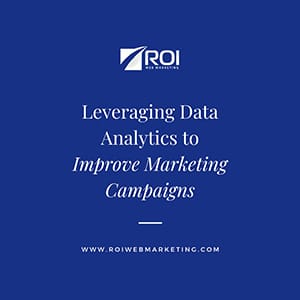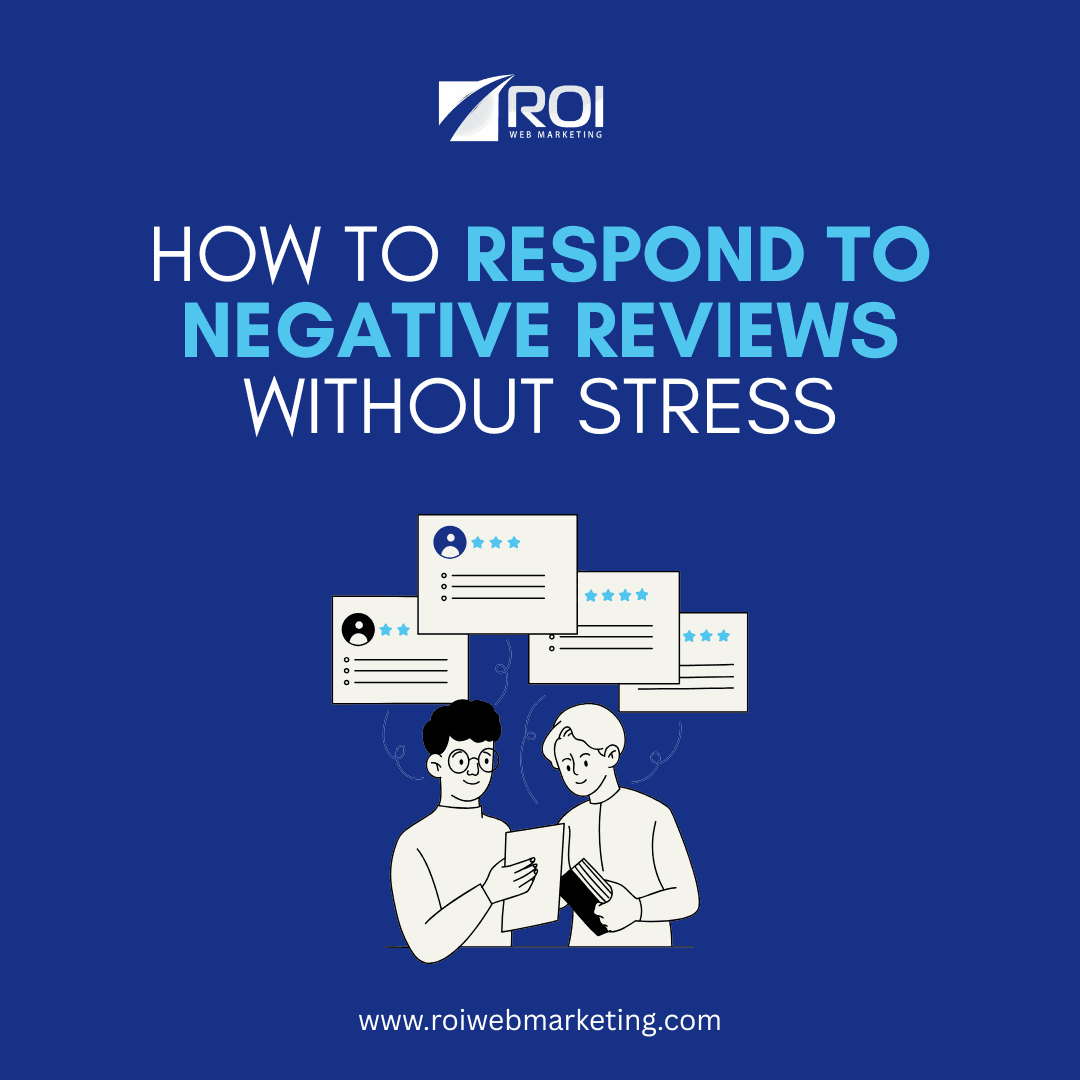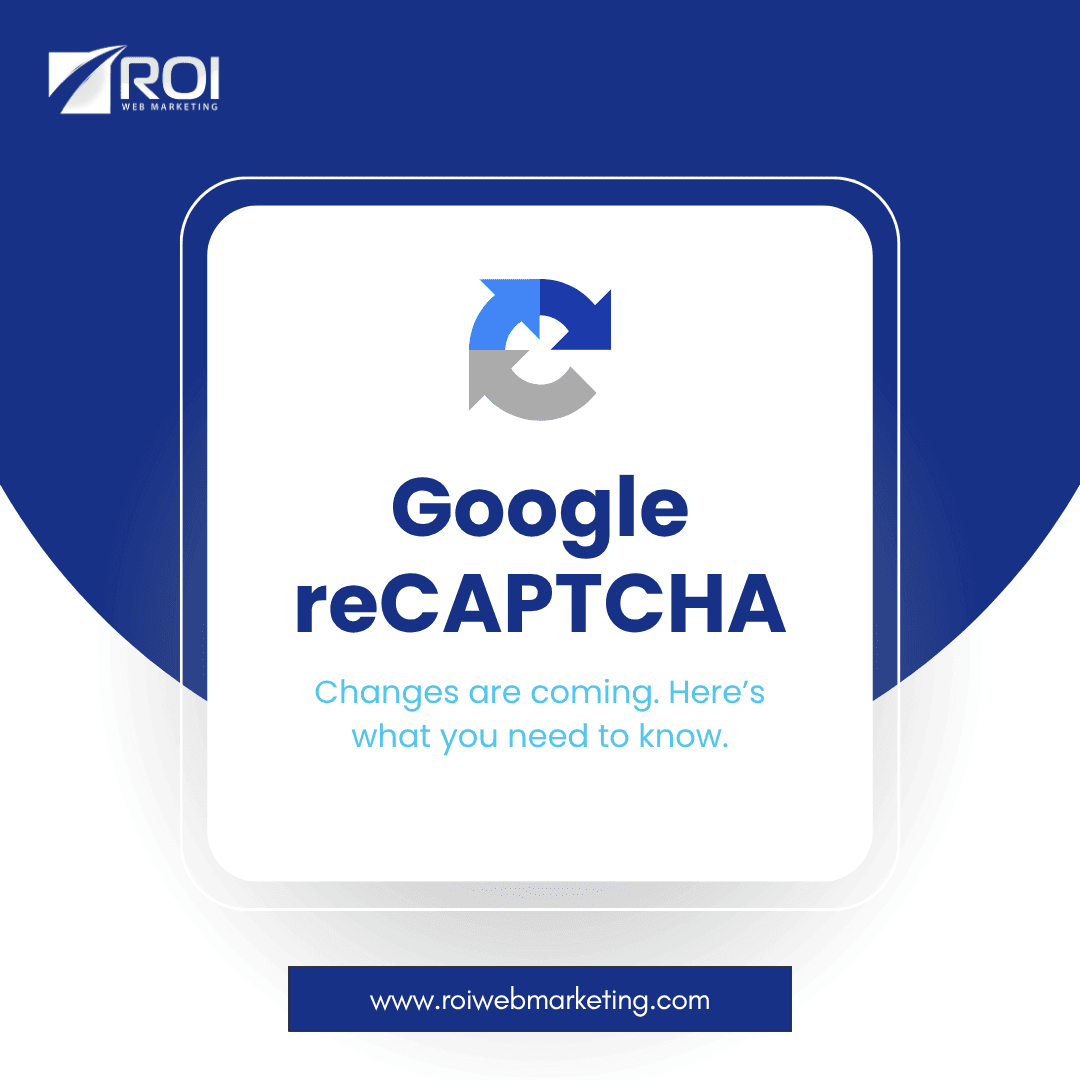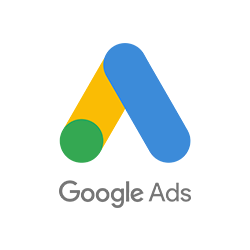Why Prioritize Data-Driven Marketing?
Data analytics is critical for any company, but it’s especially important for small businesses. Getting and analyzing the right data gives you an edge—it tells you which marketing efforts are most cost-effective, allowing you to drop the ones that offer little in return while keeping or even doubling down on the most successful aspects of a campaign. Business owners who rely on hunches will fall behind. Though data can’t make up for someone’s lack of business expertise, it does further develop your intuition, increasing the likelihood that your marketing hits the right note the first time around.
Understanding the Basics
Campaign analytics is the key to discovering how your audience behaves in response to your marketing efforts. For marketing optimization, you must know the difference between useful metrics and metrics that just look good. Vanity metrics include follower counts without engagement data, app downloads minus retention numbers, and page views without visitor behaviour information. Useful data includes engagement metrics in response to social media campaigns and content marketing campaigns, open rates and conversion data for email campaigns, and much more. PPC campaigns with pay-per-click ads, such as Google Ads campaigns, benefit tremendously from data analytics, too. Paying for clicks that don’t amount to anything is a waste of money. In summary, here are just a few of the benefits of data-driven marketing:
- No more guesswork about campaign performance
- A clear view of the most effective audience segments to target for high ROI
- Clarity about which messaging efforts work best
- Early insight about campaign problems to tweak
- Information regarding how to allocate your budget for the best results
Email Marketing Campaigns for Engagement
Email campaigns are particularly well-suited to in-depth data analytics. They provide numbers about the behaviour of people who’ve already expressed interest in your offerings—an extremely valuable subgroup within your audience. Measurement tools abound, and the best part is that the data comes in almost immediately. For the most part, people open emails and interact with them quickly or not at all. Open rates show which subject lines people find most compelling and what times of day are most fruitful for sending emails. Click rates reveal how strong an email’s content and call-to-action are. For information about the sales impact, just check a particular email’s conversion rate. Unsubscribe rates reveal problems quickly. All of this data allows you to determine the best way to segment your audience based on which emails resonate with various sub-groups.
Optimizing PPC Campaigns
Pay-per-click advertising can be the best thing that happens to your marketing or the worst. If a campaign is on-point, paying for each click is great since you won’t waste money on people who view an ad without further engagement. On the other hand, misdirected PPC marketing campaigns result in paying for clicks from the wrong audience. That’s why Google Ads and other PPC platforms offer a wealth of built-in data analytics tools. Even with built-in tools, a lot of business owners rely on professionals for their data analytics needs. Handing the problem off to experts so that you can focus on your own area of expertise is a great way to manage the most important resource of all: human skill.



















